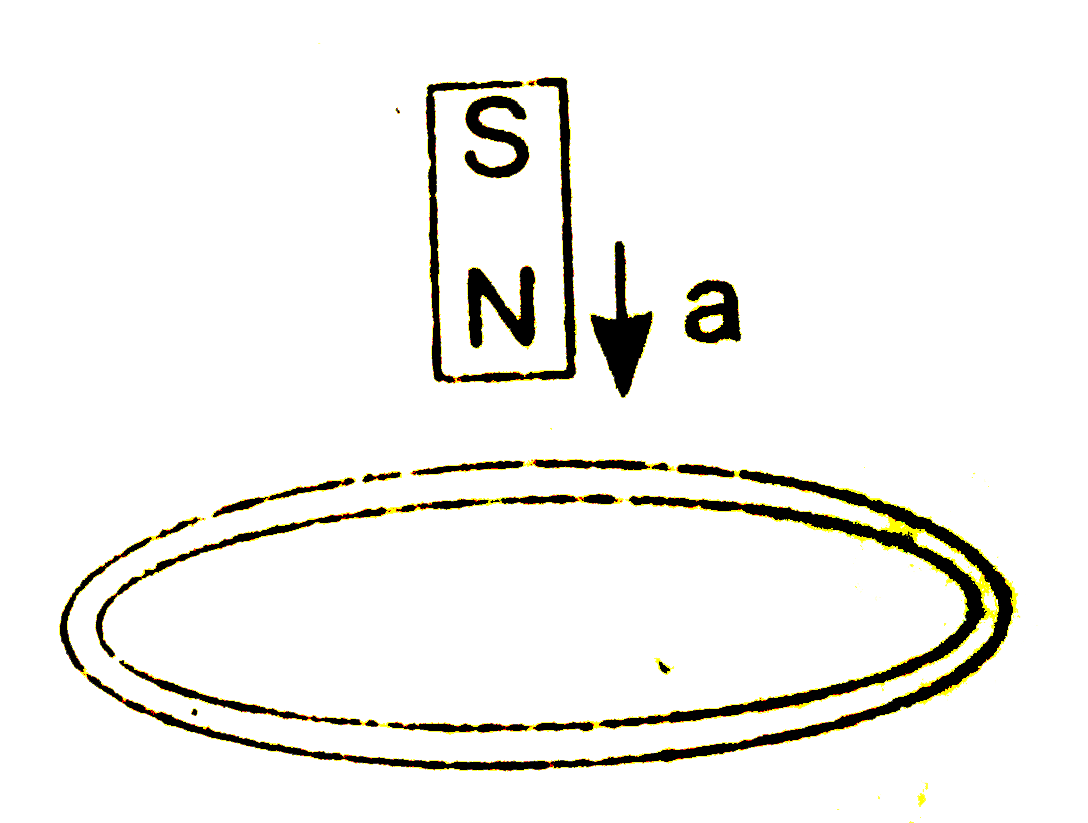Read the given passage and answer the questions that follow.
Chanhudaro was a tiny settlement (less than 7 hectares) as compared to Mohenjodaro (125 hectares), almost exclusively devoted to craft production, including bead-making, shellcutting, metal-working, seal-making and weight-making. The variety of materials used to make beads is remarkable: stones like carnelian (of a beautiful red colour), jasper, crystal, quartz and steatite, metals like copper, bronze and gold, and shell, faience and terracotta or burnt clay. Some beads were made of two or more stones, cemented together, some of stone with gold caps. The shapes were numerous – disc shaped, cylindrical, spherical, barrel-shaped, segmented. Some were decorated by incising or painting, and some had designs etched onto them.
Techniques for making beads differed according to the material. Steatite, a very soft stone, was easily worked. Some beads were moulded out of a paste made with steatite powder. This permitted making a variety of shapes, unlike the geometrical forms made out of harder stones. How the steatite micro bead was made remains a puzzle for archaeologists studying ancient technology. Archaeologists’ experiments have revealed that the red colour of carnelian was obtained by firing the yellowish raw material and beads at various stages of production. Nodules were chipped into rough shapes, and then finely flaked into the final form. Grinding, polishing and finally drilling completed the process. Specialised drills have been found at Chanhudaro, Lothal and more recently at Dholavira. Nageshwar and Balakot, both settlements are near the coast. These were specialised centres for making shell objects – including bangles, ladles and inlay – which were taken to other settlements. Similarly, it is likely that finished products (such as beads) from Chanhudaro and Lothal were taken to the large urban centres such as Mohenjodaro and Harappa.
Shell objects were mostly made at Nageshwar and Balakot because:
the women loved to wear bangles made of shells
shells were readily available in these coastal areas
shells were transported here from Lothal
specialised drills were found here
The correct Answer is:B
Step by step video, text & image solution for Read the given passage and answer the questions that follow. Chanhudaro was a tiny settlement (less than 7 hectares) as compared to Mohenjodaro (125 hectares), almost exclusively devoted to craft production, including bead-making, shellcutting, metal-working, seal-making and weight-making. The variety of materials used to make beads is remarkable: stones like carnelian (of a beautiful red colour), jasper, crystal, quartz and steatite, metals like copper, bronze and gold, and shell, faience and terracotta or burnt clay. Some beads were made of two or more stones, cemented together, some of stone with gold caps. The shapes were numerous – disc shaped, cylindrical, spherical, barrel-shaped, segmented. Some were decorated by incising or painting, and some had designs etched onto them. Techniques for making beads differed according to the material. Steatite, a very soft stone, was easily worked. Some beads were moulded out of a paste made with steatite powder. This permitted making a variety of shapes, unlike the geometrical forms made out of harder stones. How the steatite micro bead was made remains a puzzle for archaeologists studying ancient technology. Archaeologists’ experiments have revealed that the red colour of carnelian was obtained by firing the yellowish raw material and beads at various stages of production. Nodules were chipped into rough shapes, and then finely flaked into the final form. Grinding, polishing and finally drilling completed the process. Specialised drills have been found at Chanhudaro, Lothal and more recently at Dholavira. Nageshwar and Balakot, both settlements are near the coast. These were specialised centres for making shell objects – including bangles, ladles and inlay – which were taken to other settlements. Similarly, it is likely that finished products (such as beads) from Chanhudaro and Lothal were taken to the large urban centres such as Mohenjodaro and Harappa. Shell objects were mostly made at Nageshwar and Balakot because: by English experts to help you in doubts & scoring excellent marks in Class 14 exams.
Updated on:21/07/2023Similar Questions
क्लोरीन के निर्माण की डिकन विधि की रासायनिक समीकरण लिखिए ।
View Solutionखुले परिपथ में एक सेल की प्लेटों के बिच विभवान्तर 1.9 वोल्ट है । इस खेल को 3 ओम के प्रतिरोध से जोड़ने पर इसकी प्लेटों के बीच विभवान्तर 1.5 वोल्ट हो जाता है । वैधुत परिपथ बनाकर सेल का आन्तरिक प्रतिरोध एवं 3 ओम के प्रतिरोध में प्रवाहित होने वाली धारा का मान ज्ञात कीजिए ।
View Solutionचित्रानुसार एक दण्ड चुम्बक मुक्त रूप से एक कुण्डली के बीच से होकर गिरता है। कारण सहित बताइए कि चुम्बक का त्वरण (a ) गुरुत्वीय त्वरण (g ) से कम अथवा समान अथवा अधिक होगा।

View Solutionनिम्नलिखित पदार्थों में से प्रतिचुम्बकीय तथा अनुचुम्बकीय पदार्थों को चुनिए-ताँबा, सोडियम, प्लैटिनम तथा चाँदी |
View Solutionयदि एक भिन्न के अंश में इसका हर जोड़ दिया जाए और हर में से अंश घटा दिया जाए तो भिन्न 113 बन जाती है । भिन्न ज्ञात कौजिए यदि इसका अंश, हर से 3 कम है।
View Solutionएक बाल्टी जब 57 भाग तक पानी से भरी है तो इसका भार 12 किग्रा तक पानी से भरी है और जब 34 भाग तक पानी से है, तो इसका भार 12.5 किग्रा है। खाली बाल्टी का भार क्या है?
View SolutionKCl, NaCl प्रकार के समान जालक में क्रिस्टलीकृत होता है । दिया है rNa+/rCl−=0.55 तथा rK+/rCl−=0.74 तब KCl तथा NaCl के लिए इकाई सेल के किनारो का अनुपात ज्ञात कीजिए :
View Solutionप्रयोग के आधार पर एक धातु ऑक्साइड का सूत्र M0.98O पाया गया । यदि धातु M इस ऑक्साइड में M2+ और M3+ के रूप में विघमान हो तो धातु का जो प्रभाज M3+ के रूप में होगा, वह है :
View Solution
